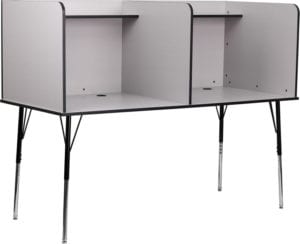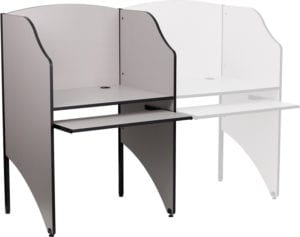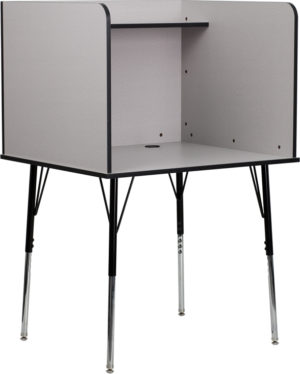Your Daytona Beach Office Furniture Supplier

Furnishing Large and Small Office Spaces
Find large office furniture for your local Daytona Beach organization or business at Capital Office Furniture. Need help? Our dedicated team can help in the selection of your next chair, file, cubicle or desk.
Are you seeking to change your surroundings with fresh office furniture in Daytona Beach? Improve efficiency and comfort with fresh office furniture from Capital Office Furniture. Whether it’s establishing a home office or a workplace for 100, we supply turnkey office furniture solutions. We offer furniture installation in Daytona Beach and throughout the Central Florida Region.
Daytona Beach is a city in Volusia County, Florida, United States. It lies approximately 51 miles (82.1 km) northeast of Orlando, 86 miles (138.4 km) southeast of Jacksonville, and 265 miles (426.5 km) northwest of Miami. As of the 2010 U.S. Census, it had a population of 61,005. It is a principal city of the Deltona–Daytona Beach–Ormond Beach metropolitan area, which was home to 600,756 people as of 2013. Daytona Beach is also a principal city of the Fun Coast region of Florida.
The city is historically known for its beach, where the hard-packed sand allows motorized vehicles to drive on the beach in restricted areas. This hard-packed sand made Daytona Beach a mecca for motorsports, and the old Daytona Beach Road Course hosted races for over 50 years. This was replaced in 1959 by Daytona International Speedway. The city is also the headquarters for NASCAR.
Daytona Beach hosts large groups of out-of-towners during the year, who visit the city for various events, notably Speedweeks in early February when over 200,000 NASCAR fans come to attend the season-opening Daytona 500. Other events include the NASCAR Coke Zero Sugar 400 race in July, Bike Week in early March, Biketoberfest in late October, and the 24 Hours of Daytona endurance race in January.
Desks near Daytona Beach, FL
Seating near Daytona Beach, FL
-

2 Pk. HERCULES COLORBURST Series Blue Triple Braced & Double Hinged Metal Folding Chair – Daytona Beach
-
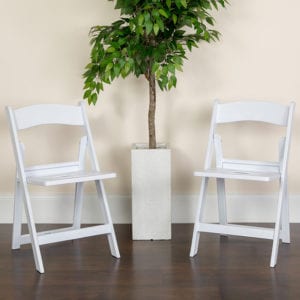
2 Pk. HERCULES Series 1000 lb. Capacity Resin Folding Chair with Slatted Seat – Daytona Beach
-

2 Pk. HERCULES Series 330 lb. Capacity Plastic Folding Chair with Frame – Daytona Beach
-

2 Pk. HERCULES Series 500 lb. Capacity Heavy Duty Plastic Folding Chair with Built-in Ganging Brackets – Daytona Beach
-

2 Pk. HERCULES Series 650 lb. Capacity Plastic Fan Back Folding Chair – Daytona Beach
-

2 Pk. HERCULES Series 650 lb. Capacity Premium Plastic Folding Chair – Daytona Beach
-

2 Pk. HERCULES Series Curved Triple Braced & Double Hinged Fabric Metal Folding Chair – Daytona Beach
-

2 Pk. HERCULES Series Curved Triple Braced & Double Hinged Patterned Fabric Metal Folding Chair – Daytona Beach
-

2 Pk. HERCULES Series Double Braced Metal Folding Chair – Daytona Beach
-

2 Pk. HERCULES Series Double Braced Vinyl Folding Chair – Daytona Beach
-
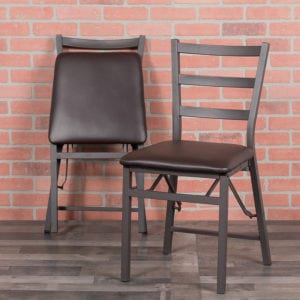
2 Pk. HERCULES Series Folding Ladder Back Metal Chair with Vinyl Seat – Daytona Beach
-

2 Pk. HERCULES Series Premium Curved Triple Braced & Double Hinged Fabric Metal Folding Chair – Daytona Beach
-

2 Pk. HERCULES Series Premium Curved Triple Braced & Double Hinged Fabric Metal Folding Chair – Daytona Beach
-

2 Pk. HERCULES Series RatPlastic Folding Chair with Frame – Daytona Beach
-

2 Pk. HERCULES Series Triple Braced & Double Hinged Metal Folding Chair – Daytona Beach
Tables near Daytona Beach, FL
-
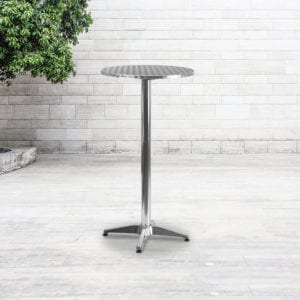
2-Foot Round Aluminum Indoor-Outdoor Folding Bar Height Table w/ Base – Daytona Beach
-
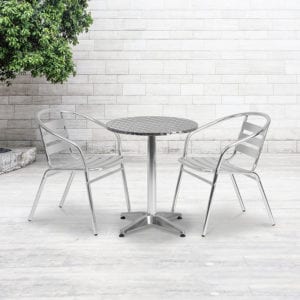
23.5″ Round Aluminum Indoor-Outdoor Table w/ Base – Daytona Beach
-
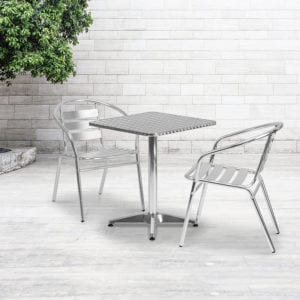
23.5″ Square Aluminum Indoor-Outdoor Table w/ Base – Daytona Beach
-
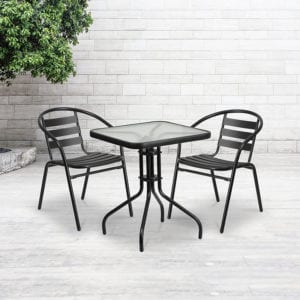
23.5″ Square TempeGlass Metal Table – Daytona Beach
-
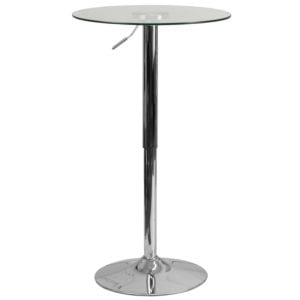
23.5in Round Adjustable Height Glass Table (Adjustable Range 33.5in – 41in) – Daytona Beach
-

23.5in Round Adjustable Height Rustic Wood Table (Adjustable Range 26.25in – 35.5in) – Daytona Beach
-

23.5in Round Glass Table w/ 35.5inH Chrome Base – Daytona Beach
-
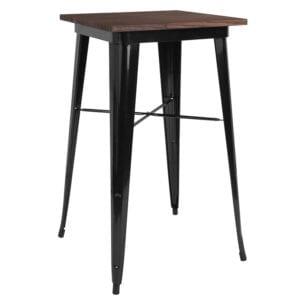
23.5in Square Metal Indoor Bar Height Table w/ Rustic Wood Top – Daytona Beach
-
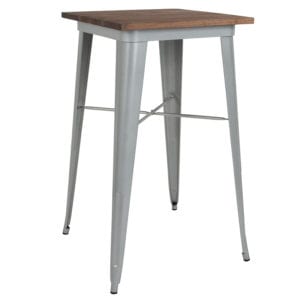
23.5in Square Metal Indoor Bar Height Table w/ Rustic Wood Top – Daytona Beach
-
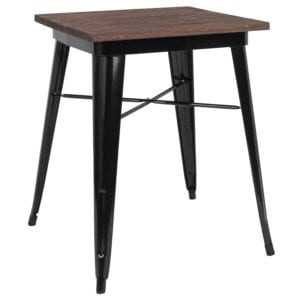
23.5in Square Metal Indoor Table w/ Rustic Wood Top – Daytona Beach
-
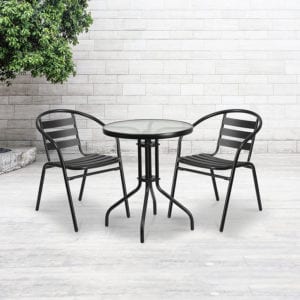
23.75″ Round TempeGlass Metal Table – Daytona Beach
-

23.75in Round Adjustable Height Wood Table (Adjustable Range 26.25in – 35.75in) – Daytona Beach
-
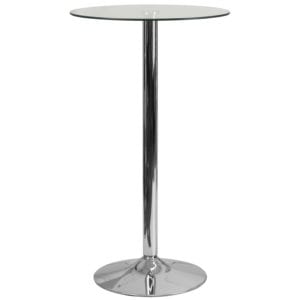
23.75in Round Glass Table w/ 41.75inH Chrome Base – Daytona Beach
-
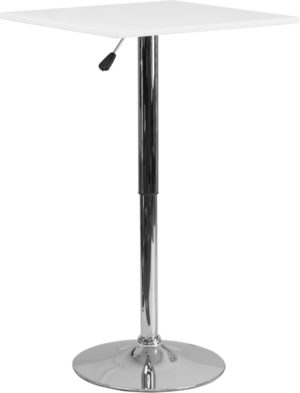
23.75in Square Adjustable Height Wood Table (Adjustable Range 33in – 40.5in) – Daytona Beach
-
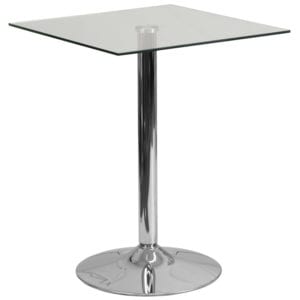
23.75in Square Glass Table w/ 30inH Chrome Base – Daytona Beach
Storage near Daytona Beach, FL
-

Cedar Lane Collection Driftwood Wood Gra TV St& w/ Shelves & Glass Frame – Daytona Beach
-
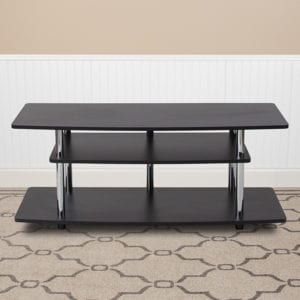
Deerfield TV St& w/ Shelves & Stainless Steel Legs – Daytona Beach
-
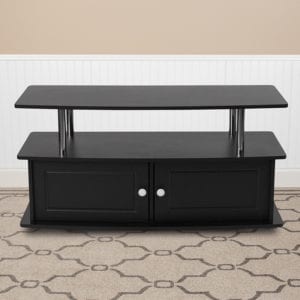
Evanston TV St& w/ Shelves, Cabinet & Stainless Steel Tubing – Daytona Beach
-
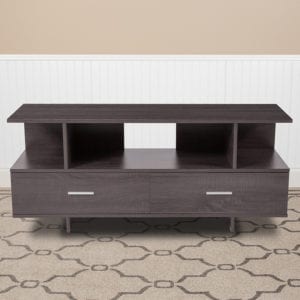
Fields Driftwood Wood Gra TV St& & Media Console – Daytona Beach
-
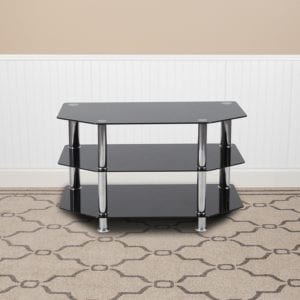
Glass TV Stand with Stainless Metal Frame – Daytona Beach
-

Harbor Hills Glass TV St& w/ Metal Frame – Daytona Beach
-

Harrison Rustic Wood Gra TV St& & Media Console – Daytona Beach
-

Highgate Finish TV St& & Media Console – Daytona Beach
-
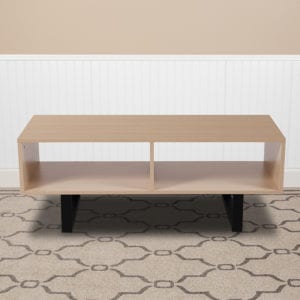
Hyde Square Collection Beech Wood Gra TV St& & Media Console w/ Metal Legs – Daytona Beach
-

Lincoln Collection TV St& in Rustic Wood Gra – Daytona Beach
-
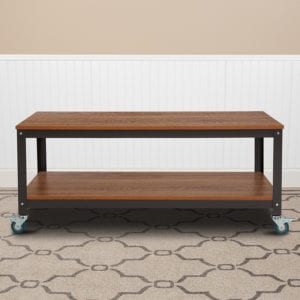
Livingston Collection TV St& in Wood Gra w/ Metal Wheels – Daytona Beach
-

Midtown Collection Wood Gra TV St& w/ Metal Frame – Daytona Beach
-
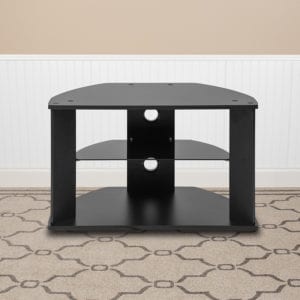
Northfield Finish TV St& w/ Glass Shelves – Daytona Beach
-
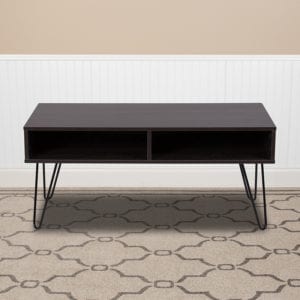
Park Collection Driftwood Wood Gra TV St& w/ Metal Legs – Daytona Beach
-
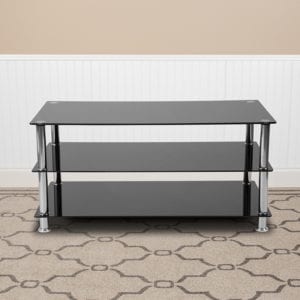
Riverside Collection Glass TV Stand with Stainless Frame – Daytona Beach
Cubicles near Daytona Beach, FL
-

10Pack Cluster Cubicle Desks 60W Straight Call Stations
-

10Pack Cluster Office Cubicles 5×5 L Shape Workstations
-

10Pack Cluster Office Cubicles 6×6 L Shape Workstations
-
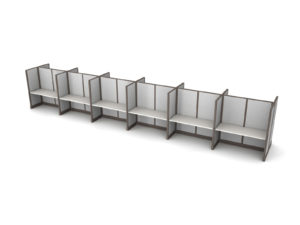
12Pack Cluster Cubicle Desks 60W Straight Call Stations
-

12Pack Cluster Office Cubicles 5×5 L Shape Workstations
-

12Pack Cluster Office Cubicles 6×6 L Shape Workstations
-

2Pack Cluster Cubicle Desks 36W Straight Call Stations
-

2Pack Cluster Cubicle Desks 60W Straight Call Stations
-

2Pack Cluster Office Cubicles 5×5 L Shape Workstations
-

2Pack Cluster Office Cubicles 6×6 L Shape Workstations
-

2Pack Cluster Office Cubicles 6×6 L Shape Workstations
-

2Pack Cluster Office Cubicles 6×6 L Shape Workstations
-

2Pack Collaborative Cluster Office Cubicles 6×6 L Shape Workstations
-
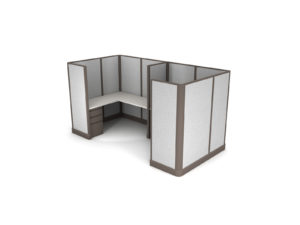
2Pack Inline Collaborative Office Cubicles 5×5 L Shape Workstations
-

2Pack Inline Cubicle Desks 36W Straight Call Stations
Information on Daytona Beach
The area where Daytona Beach is located was once inhabited by the indigenous Timucuan Indians who lived in fortified villages. The Timucuas were nearly exterminated by contact with Europeans through war, enslavement and disease and became extinct as a racial entity through assimilation and attrition during the 18th century. The Seminole Indians, descendants of Creek Indians from Georgia and Alabama, frequented the area prior to the Second Seminole War.
During the era of British rule of Florida between 1763 and 1783, the King’s Road passed through present-day Daytona Beach. The road extended from Saint Augustine, the capital of East Florida, to Andrew Turnbull’s experimental colony in New Smyrna. In 1804 Samuel Williams received a land grant of 3,000 acres (12 km2) from the Spanish Crown, which had regained Florida from the British after the American Revolution. This land grant encompassed the area that would become Daytona Beach. Williams built a slave-labor-based plantation to grow cotton, rice and sugar cane. His son Samuel Hill Williams would abandon the plantation during the Second Seminole War, when the Seminoles burned it to the ground.
The area now known as the Daytona Beach Historical District was once the Orange Grove Plantation, a citrus and sugar cane plantation granted to Samuel Williams in 1787. The plantation was situated on the west bank of the tidal channel known as the Halifax River, 12 miles north of Mosquito Inlet. Williams was a British loyalist from North Carolina who fled to the Bahamas with his family until the Spanish reopened Florida to non-Spanish immigration. After his death in 1810, the plantation was run by his family until it was burned down in 1835. In 1871, Mathias Day Jr. of Mansfield, Ohio, purchased the 3,200 acre tract of the former Orange Grove Plantation. He built a hotel around which the initial section of town arose. In 1872, due to financial troubles, Day lost title to his land; nonetheless, residents decided to name the city Daytona in his honor, and incorporated the town in 1876.
In 1886, the St. Johns & Halifax River Railway arrived in Daytona. The line would be purchased in 1889 by Henry M. Flagler, who made it part of his Florida East Coast Railway. The separate towns of Daytona, Daytona Beach, Kingston, and Seabreeze merged as “Daytona Beach” in 1926, at the urging of civic leader J.B. Kahn and others. By the 1920s, it was dubbed “The World’s Most Famous Beach”.


